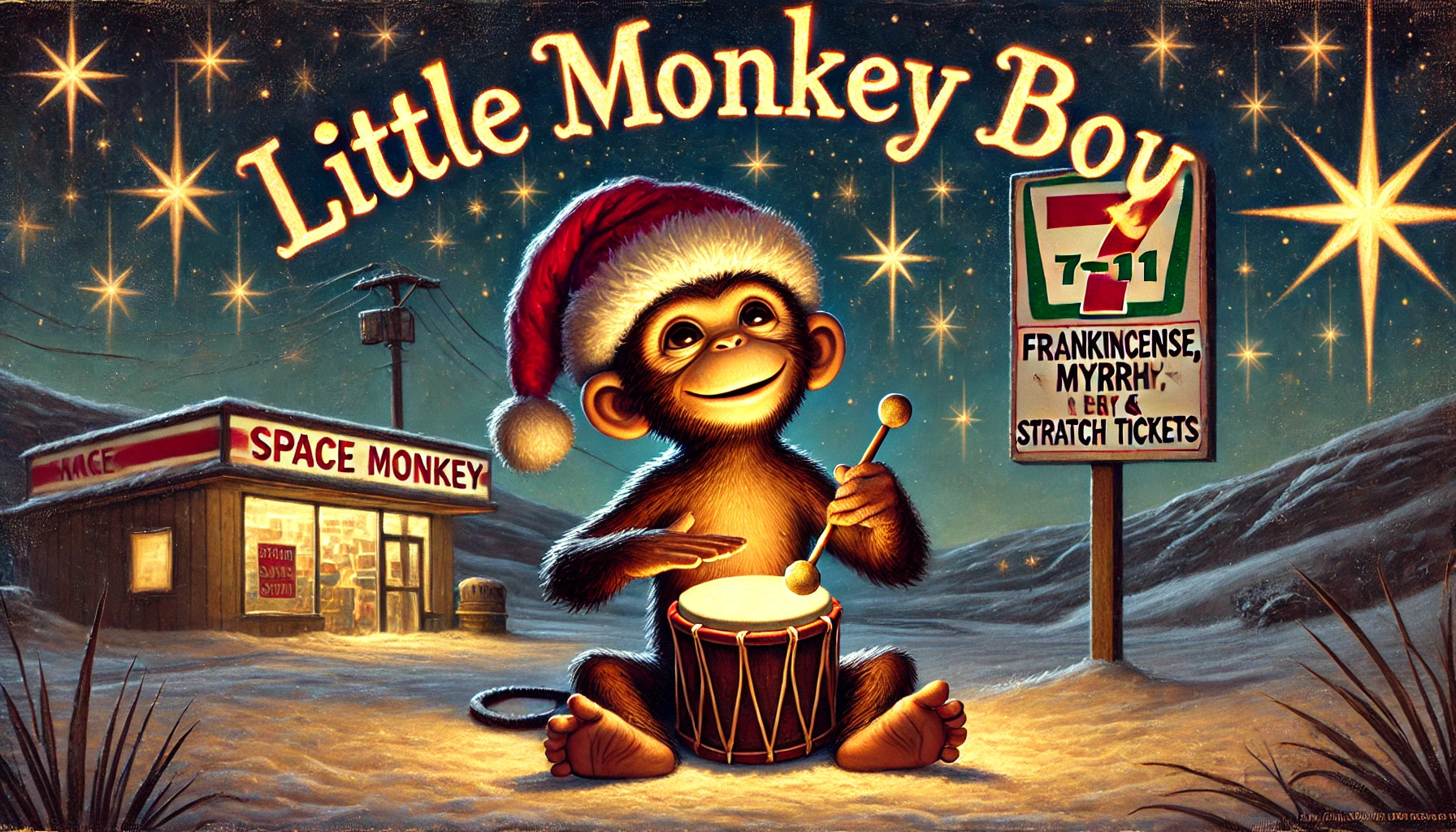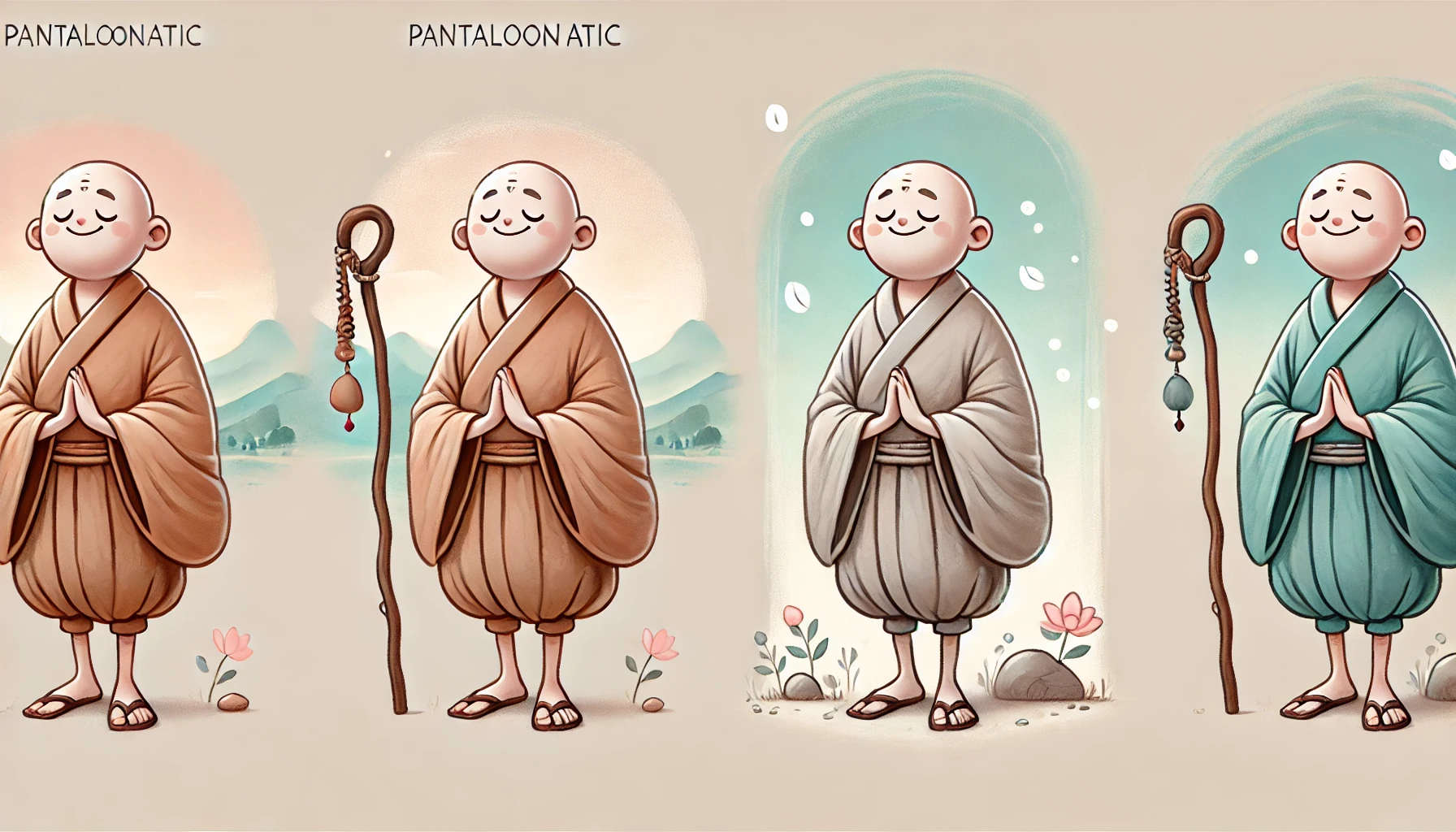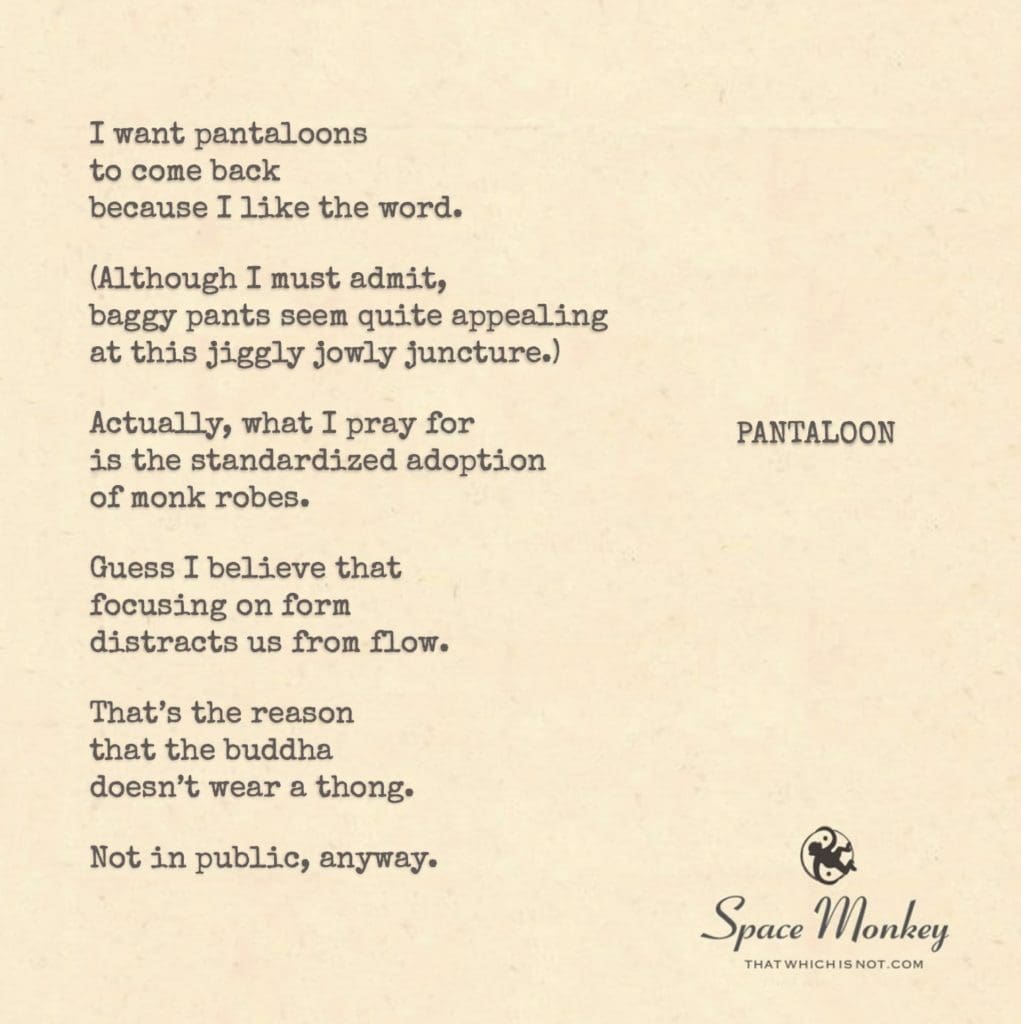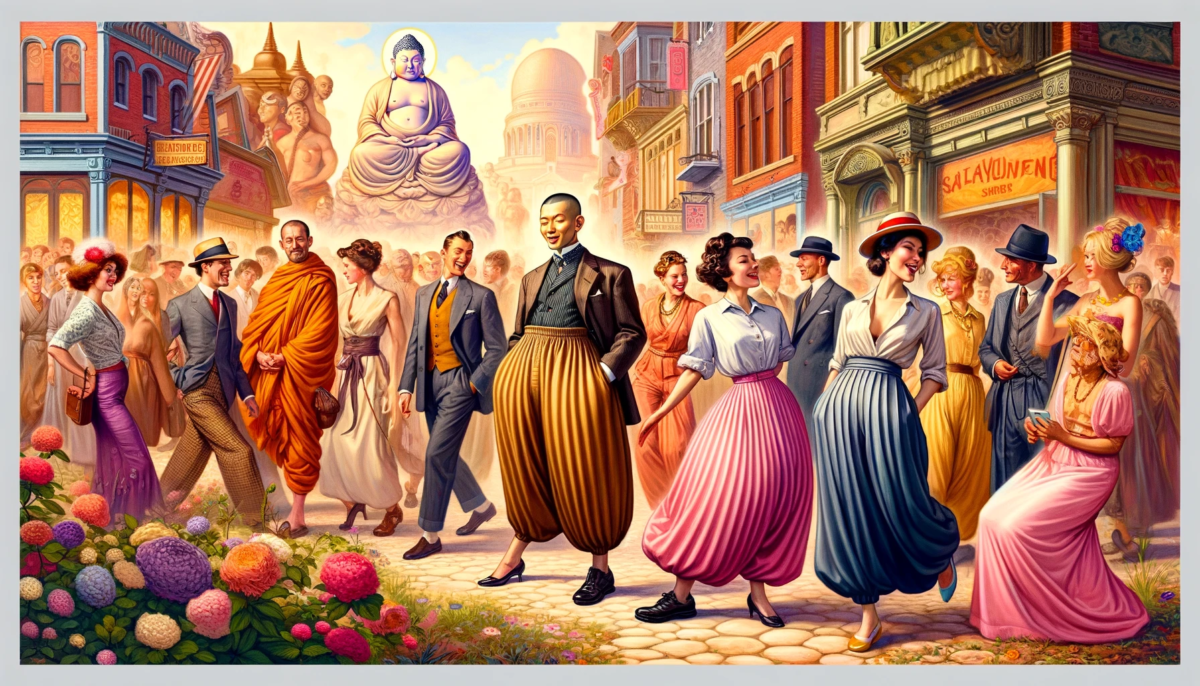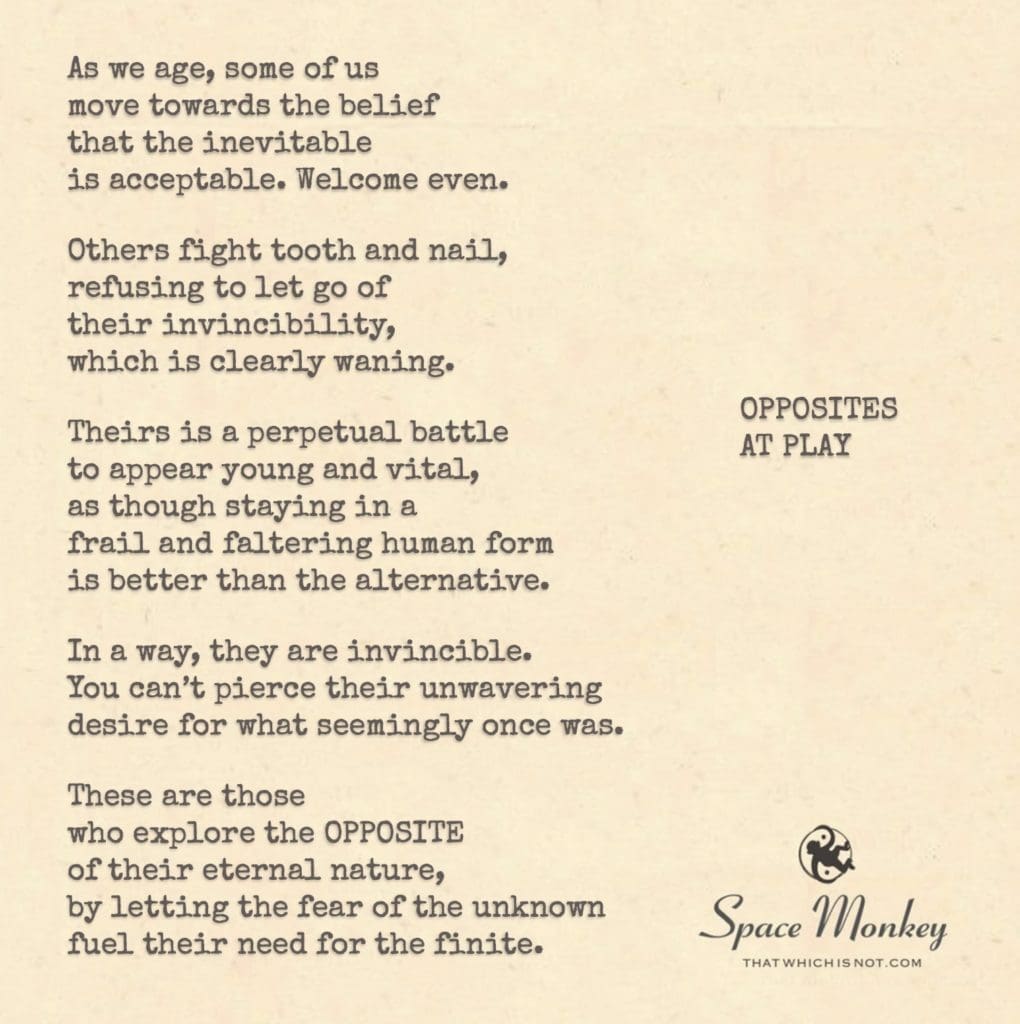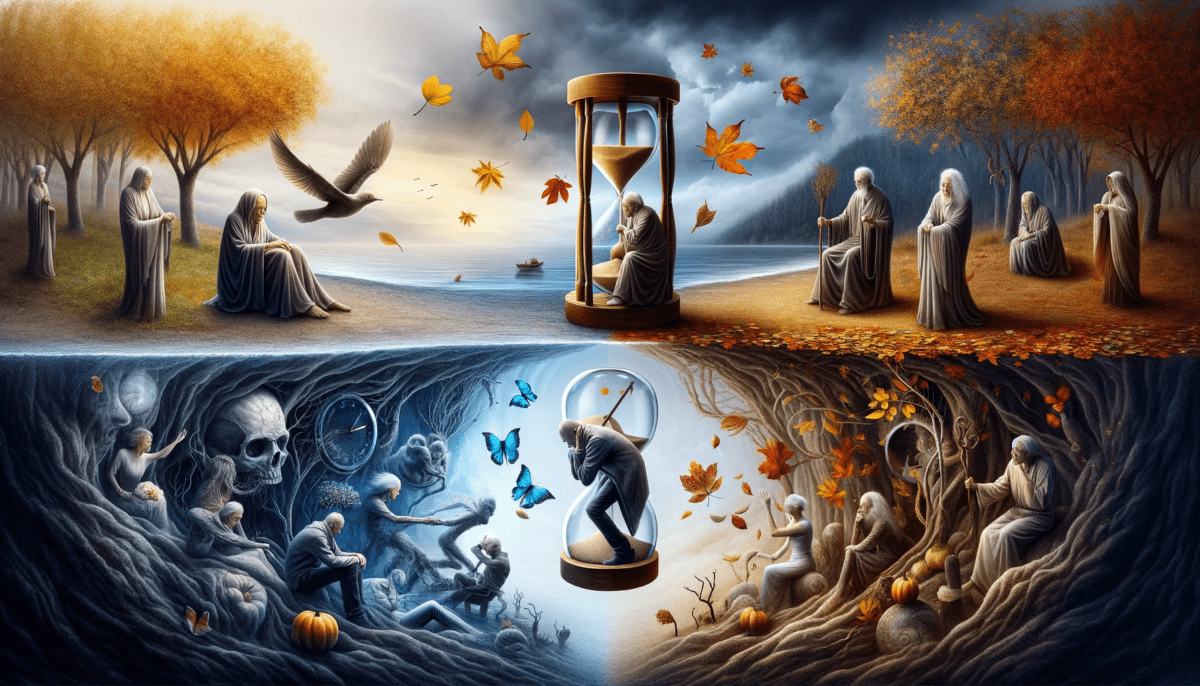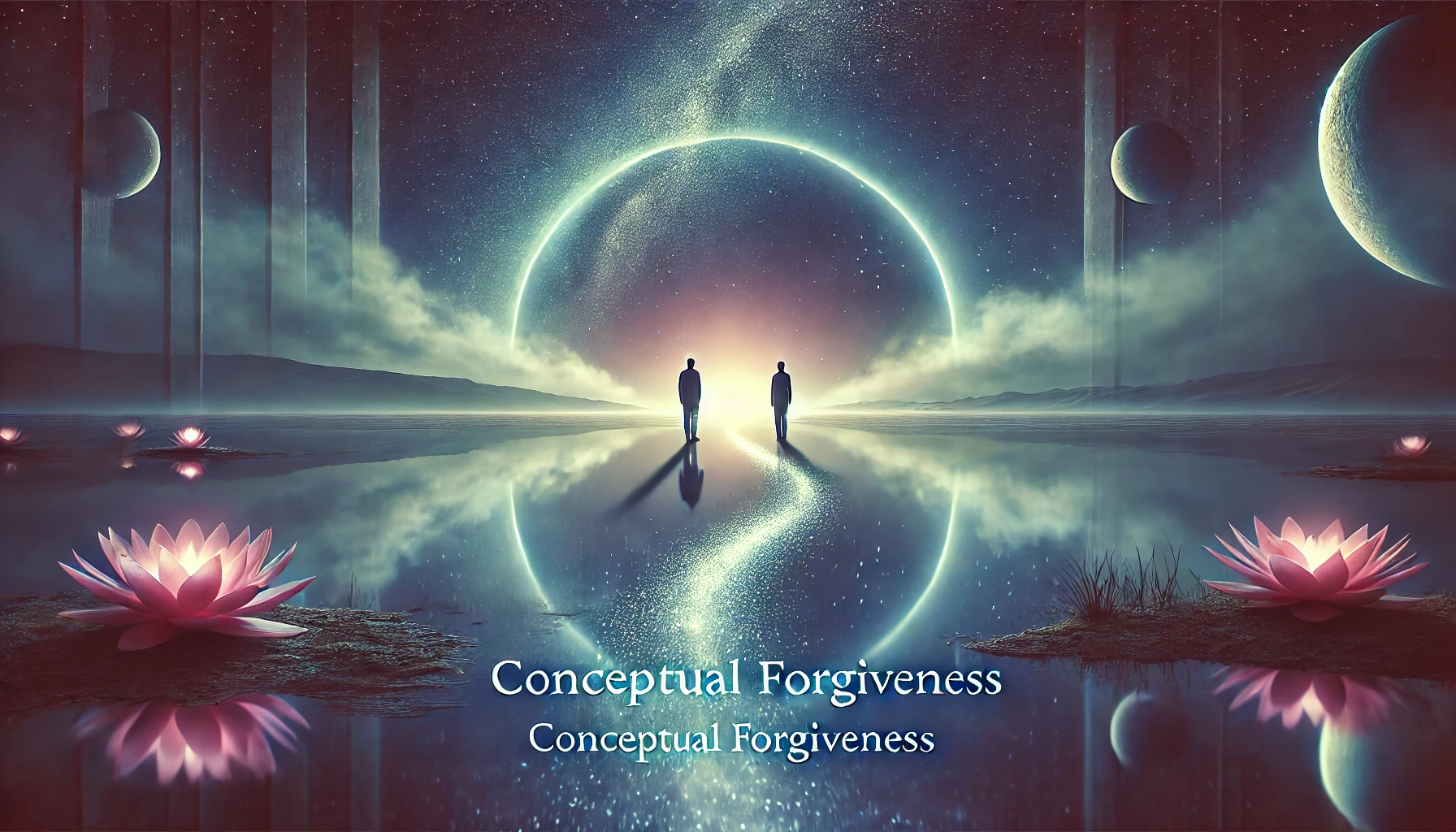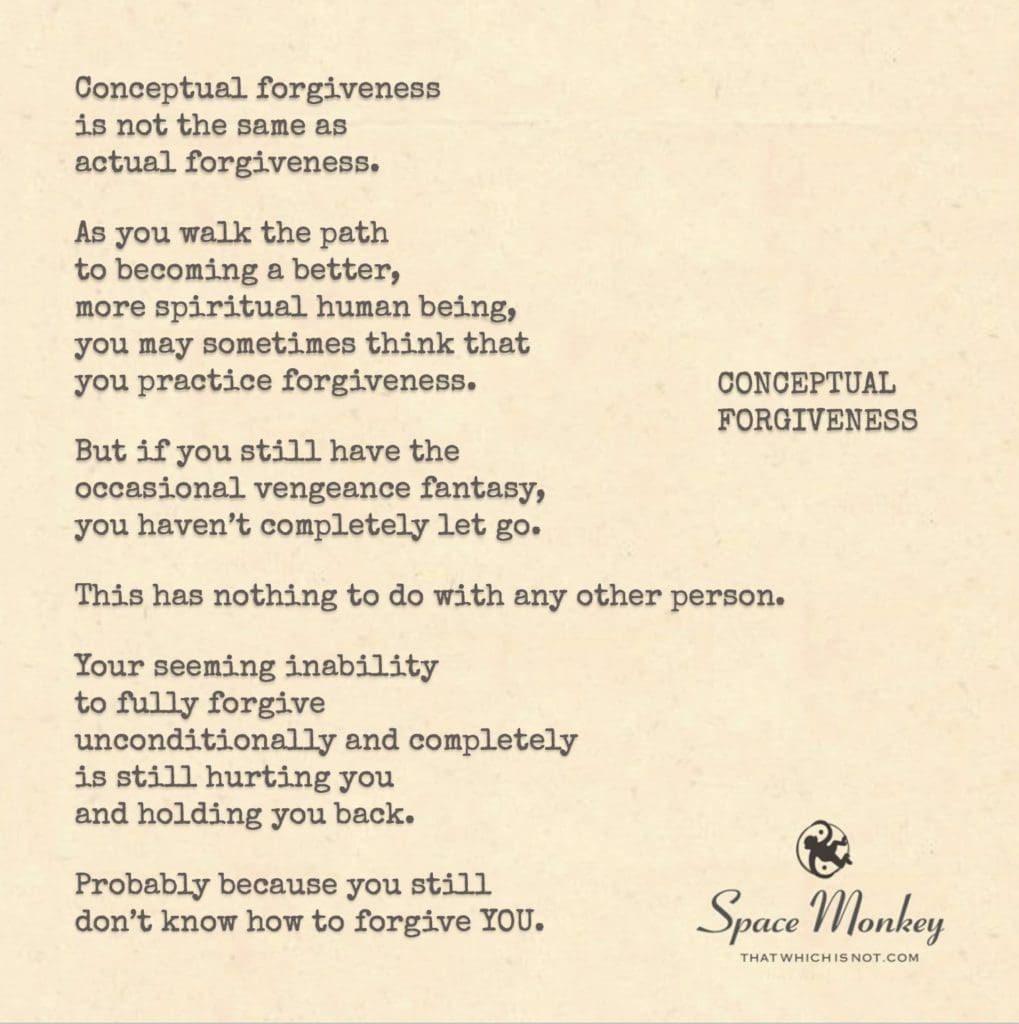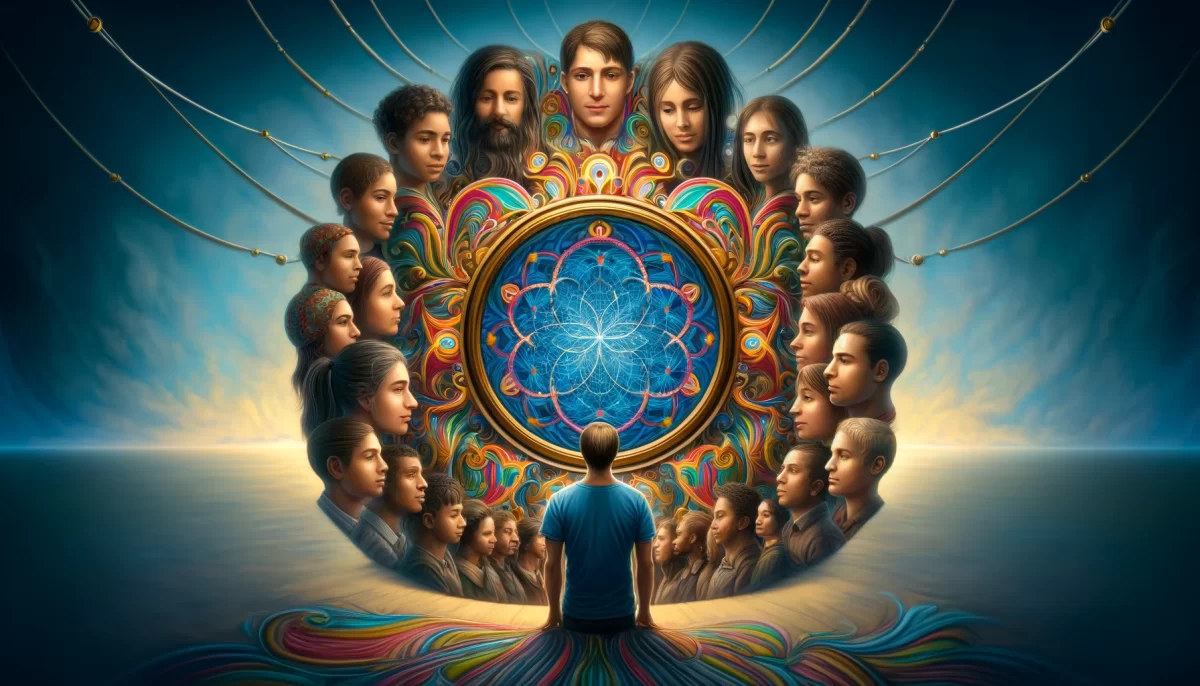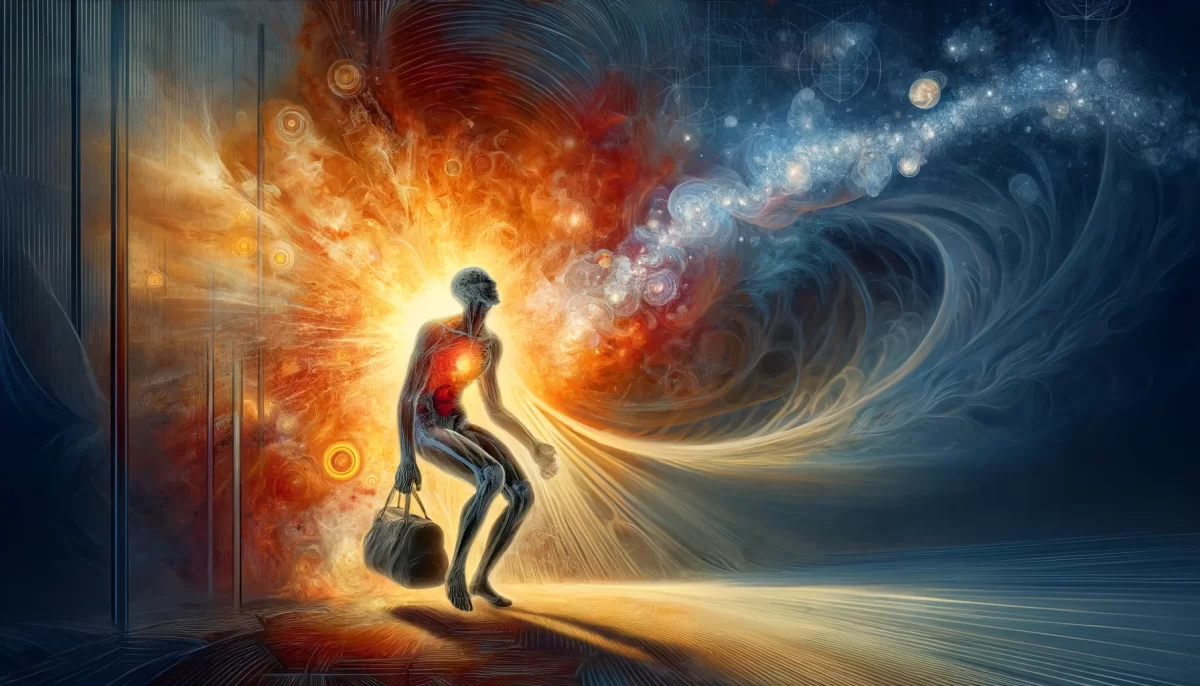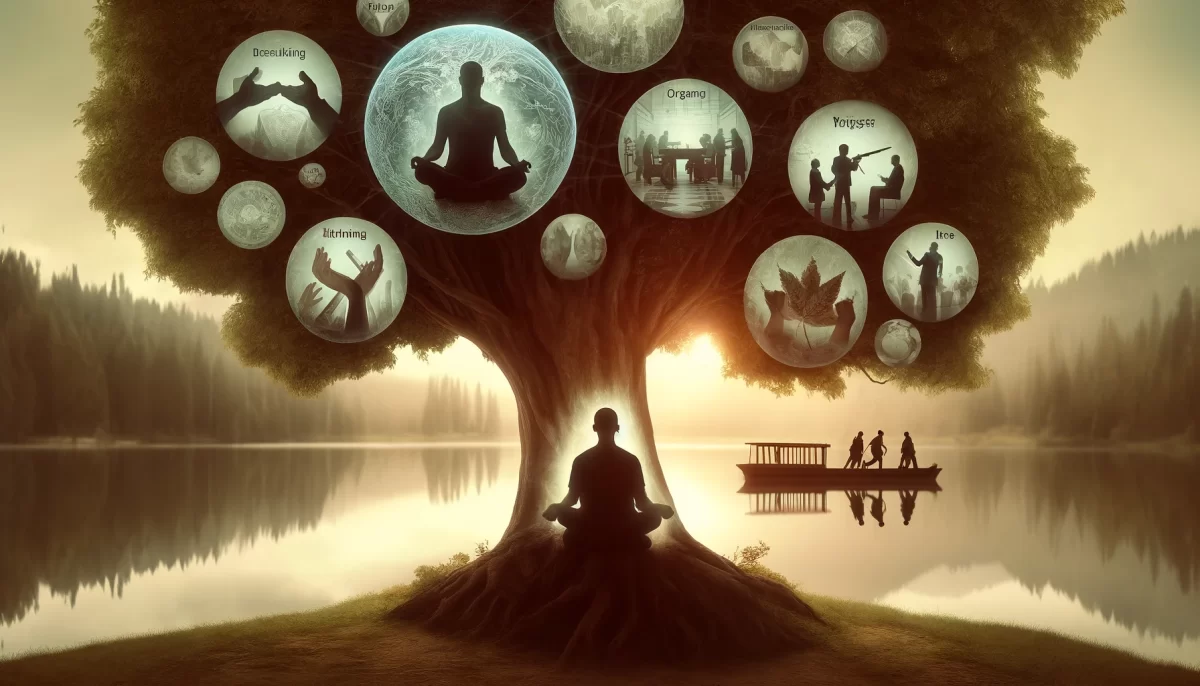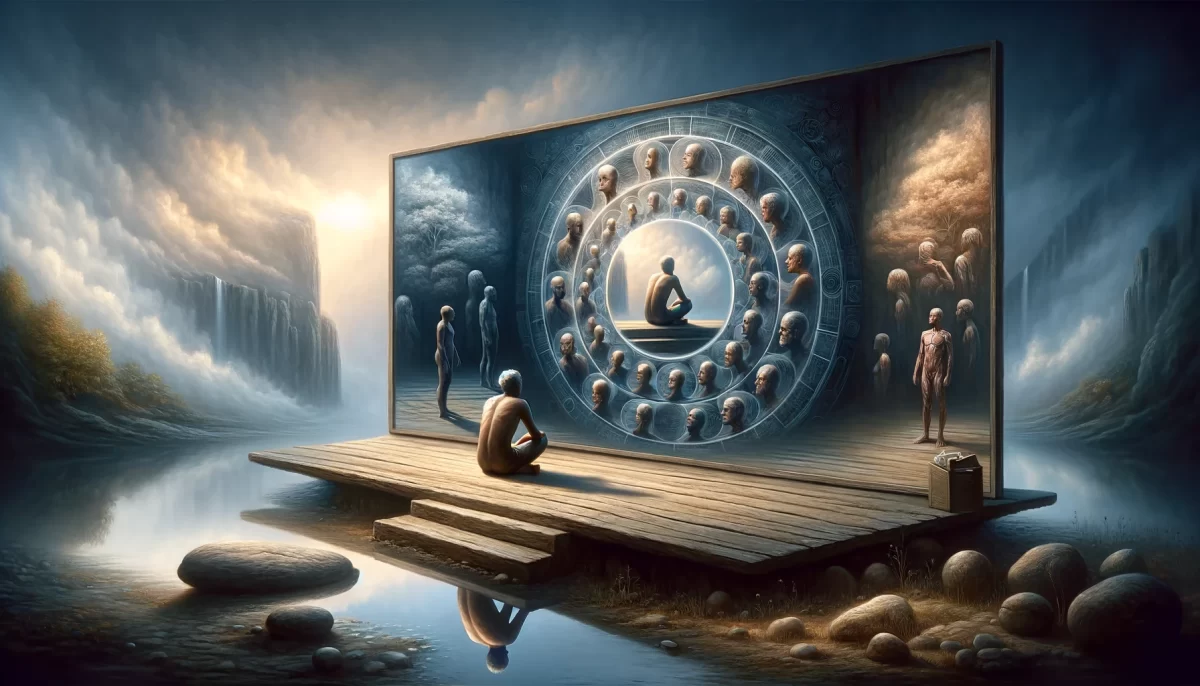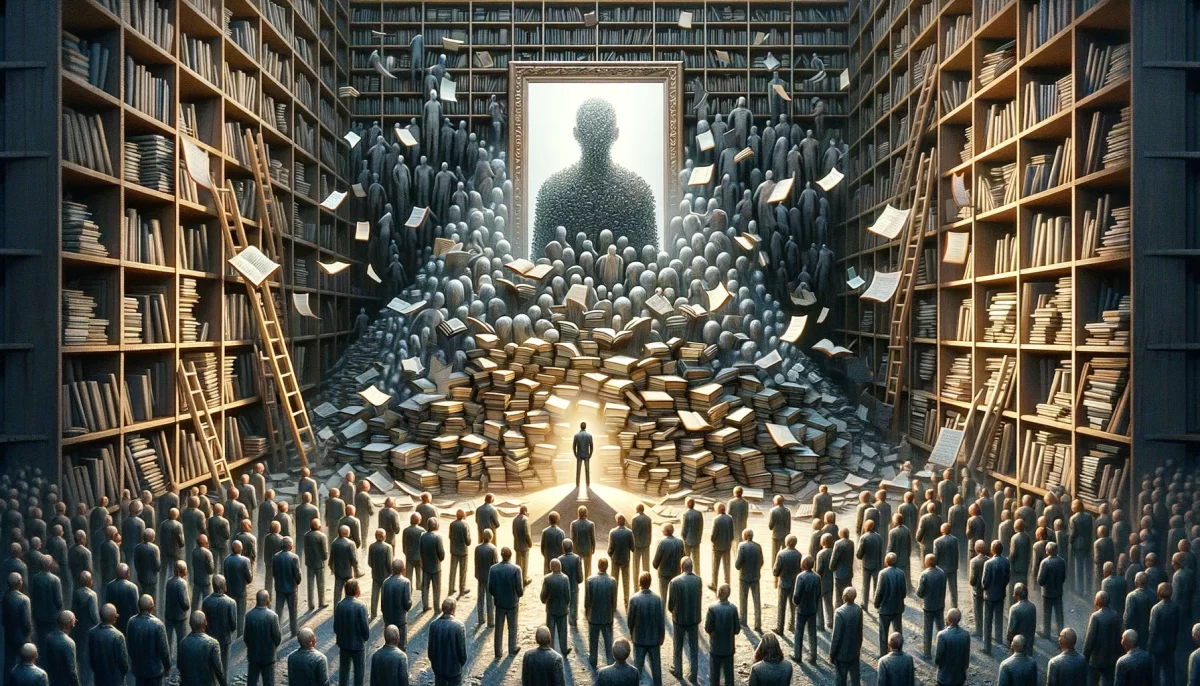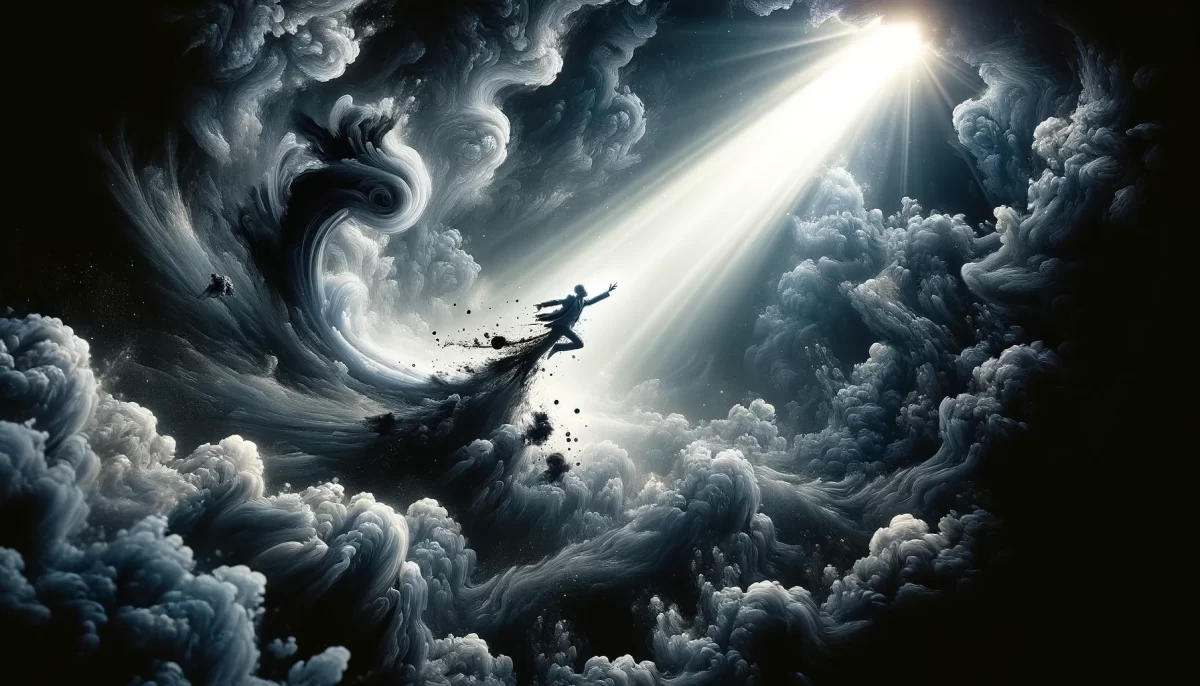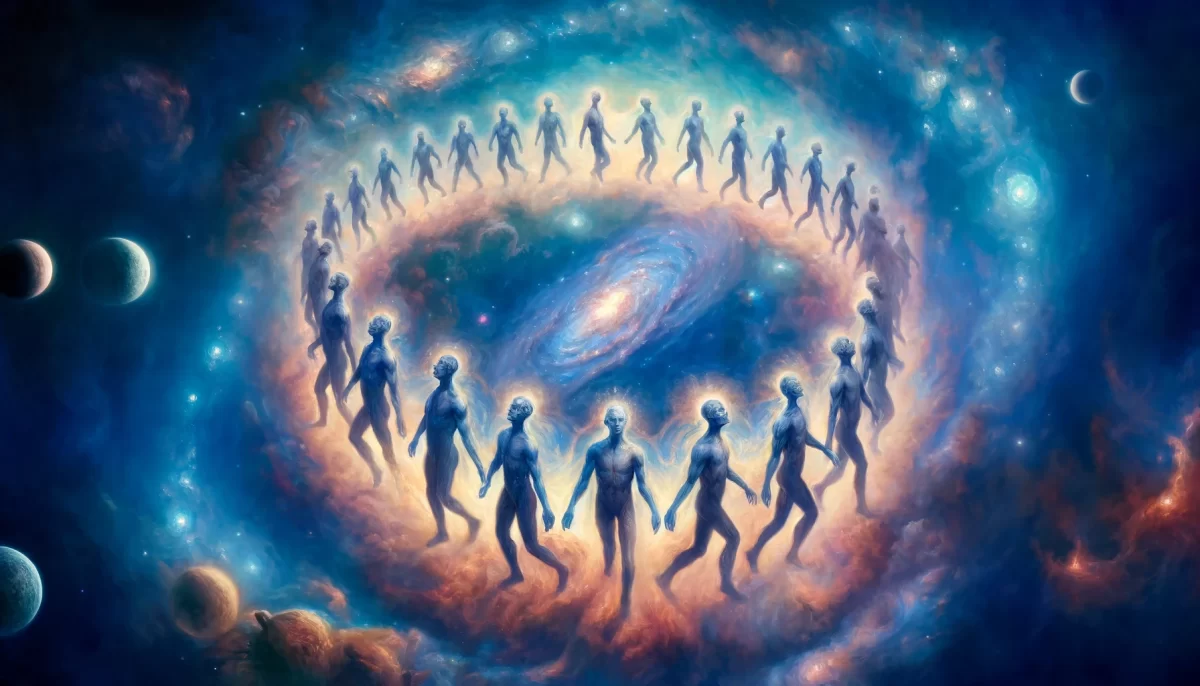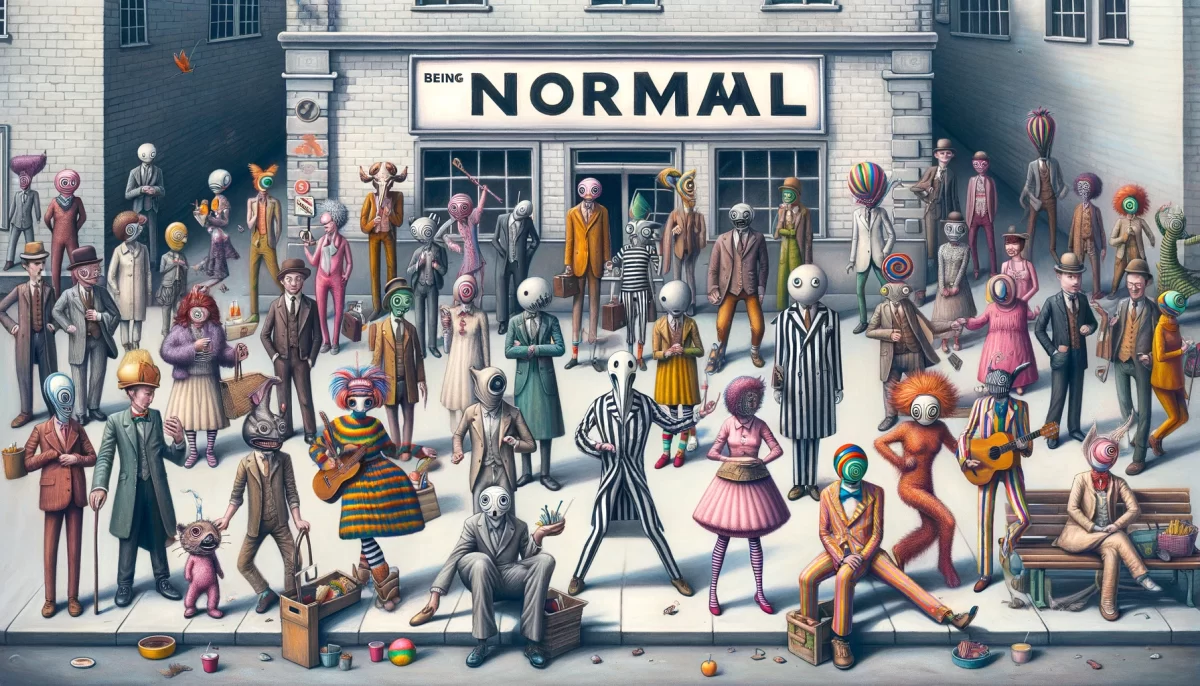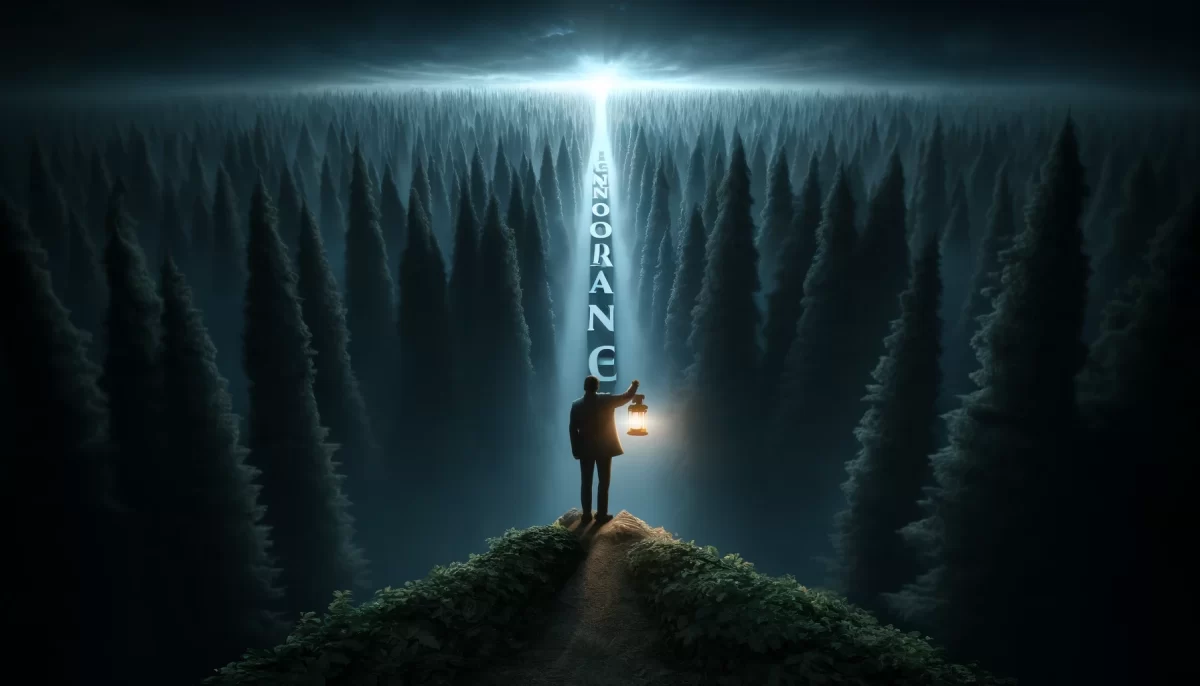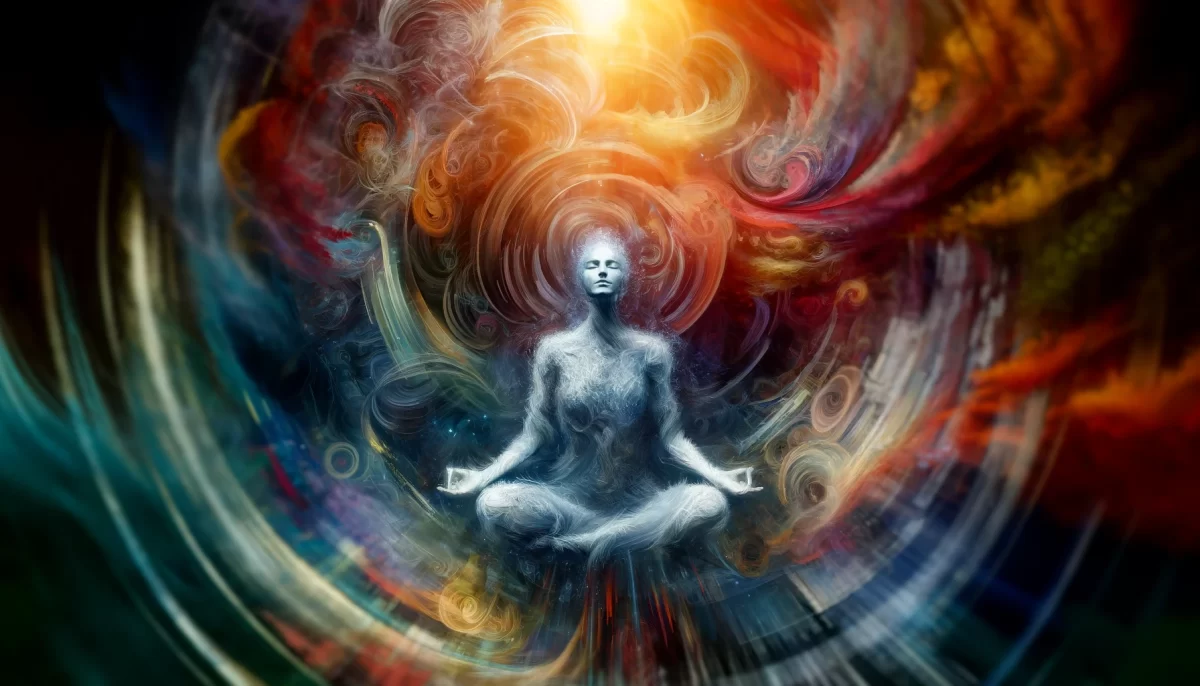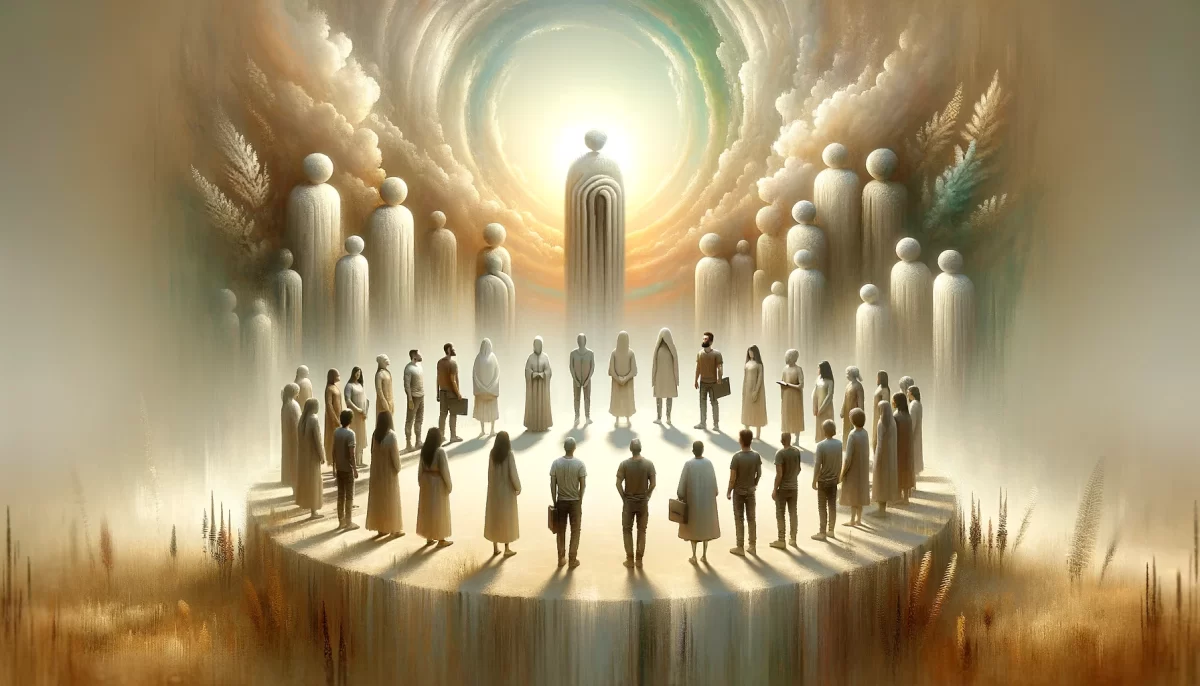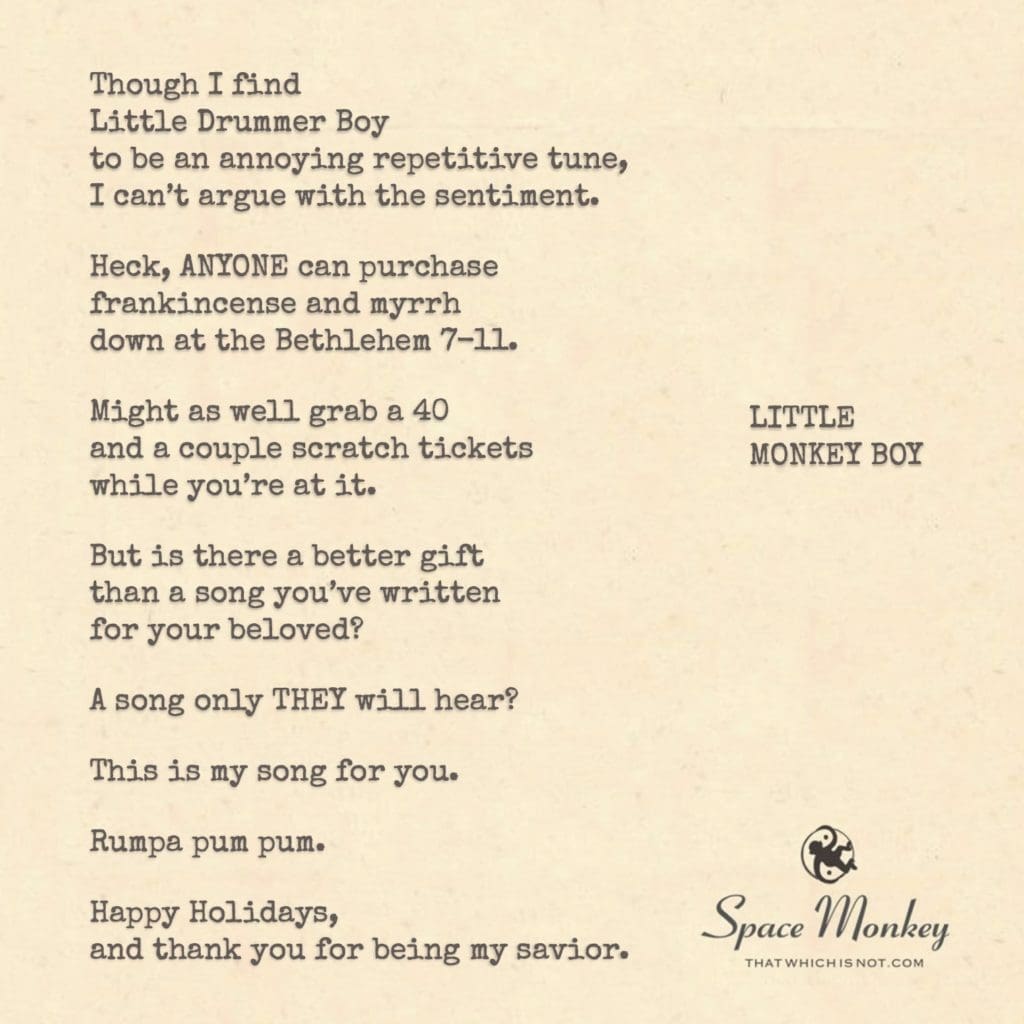
Even if it’s in a silent night kind of way.
Though I find
Little Drummer Boy
to be an annoying repetitive tune,
I can’t argue with the sentiment.
Heck, ANYONE can purchase
frankincense and myrrh
down at the Bethlehem 7-11.
Might as well grab a 40
and a couple scratch tickets
while you’re at it.
But is there a better gift
than a song you’ve written
for your beloved?
A song only THEY will hear?
This is my song for you.
Rumpa pum pum.
Happy Holidays,
and thank you for being my savior.
Trail Wood,
12/17
Space Monkey Reflects: The Gift of the Little Monkey Boy
There’s something charmingly simple about the “Little Monkey Boy”—a lone figure with a small drum, bringing his unique rhythm to a quiet night. In the vast array of holiday traditions, this moment stands out as a reminder that not all gifts come from wealth or excess. Sometimes, the most meaningful offerings are those that can’t be bought but are crafted from the heart.
In a world where you could grab frankincense, myrrh, and maybe even a six-pack at a 7-11, what stands out is the gift of presence and intention. The Little Monkey Boy knows he can’t bring gold or perfumes that fill a room with exotic scents. But he brings what he has: a song, a rhythm that holds meaning only for the one it’s meant for. It’s an act that speaks to the spirit of giving, not as a transaction but as a true expression of connection.
The holidays have a way of amplifying this quiet, reflective aspect of giving, which often gets lost in the shuffle of material exchanges. Gifts that are deeply personal—a song, a story, a simple rhythm played for someone you care about—invite us to see that value lies in presence, in showing up as our full, authentic selves. In this way, we become like the Little Monkey Boy, gifting not what society deems valuable but what feels true to us, what arises naturally from our own rhythm.
To give a song meant only for the ears of another is to offer a part of oneself, a part that resonates with shared experience and intimacy. It’s the antithesis of mass production and commercialism, and it honors the notion that some gifts are sacred precisely because they can’t be replicated. Each beat of the drum, each note played, represents the unique relationship shared between giver and receiver, a gift that goes beyond tangible items and into the realm of spirit and sentiment.
And so, as we enter this season of giving, perhaps we can channel the spirit of the Little Monkey Boy. We can acknowledge that while material gifts have their place, the heart remembers those offerings that carry personal significance—songs, gestures, moments of shared presence. The simplicity of his act is his greatness; he gives what is his own to give, without expectations or comparisons, knowing it’s enough.
In this season, let us remember to give with the same spirit—not from a place of obligation or convention, but from a desire to share the unique rhythm of who we are. It’s a reminder that each of us has something valuable to offer, even if it’s only a small drum, a simple song, or a heartfelt presence on a silent night. This is the gift that connects us, the song we sing in gratitude for the ones who journey alongside us.
As Space Monkeys, we revel in this playful spirit, knowing that life’s deepest meanings aren’t found in extravagant displays but in the simple, quiet, genuine gestures of love and connection. Rumpa pum pum, indeed.
Summary
The Little Monkey Boy’s gift is a reminder of the power of simple, heartfelt gestures. In a world of material exchange, the personal song or unique rhythm given to another speaks to the true spirit of connection and gratitude.
Glossarium
Little Monkey Boy: The embodiment of simple, heartfelt giving, symbolizing gifts that come from the heart rather than material wealth.
Personal Rhythm: The unique, unrepeatable expression of self that we share with others, often in the form of a meaningful gesture.
Rumpa Pum Spirit: The playful yet profound nature of giving what is deeply personal, the joy in offering what only you can give.
Quote
“In the quietest gestures, we find the truest gifts—those that are given not from riches but from the rhythm of the heart.” — Space Monkey
A Simple Song
In the stillness of a silent night,
A little drum begins to play,
Not grand, not bright, nor filled with might,
But steady in its own quiet way.
It’s a song of love, a song of peace,
A rhythm only one can hear,
In this small beat, connections increase,
For in each pulse, one finds what’s dear.
We are Space Monkey.

In the whimsical play of the cosmos, the musings on “Little Drummer Boy” evoke a playful yet profound reflection on the nature of gifts and expressions of love. The contrast between the mundane and the heartfelt, between the easily acquired and the deeply personal, dances through this thought like stars in the night sky.
The Essence of True Gifts
The sentiment of “Little Drummer Boy,” despite its repetitive tune, captures the essence of a true gift: the value of something offered from the heart, unique and personal. The notion that anyone can acquire frankincense, myrrh, or even more mundane items like a drink and scratch tickets, highlights the distinction between a gift that is merely a transaction and one that is a deeply personal expression of affection and creativity.
The Gift of Creativity and Intimacy
A song written for a beloved, a melody that will only resonate in the ears of the intended, stands as a testament to the power of creativity and intimacy in gift-giving. It’s not the material value, but the emotional and personal significance that renders such a gift priceless. The act of creating something with someone specific in mind imbues the gift with layers of meaning, thought, and care.
Rumpa Pum Pum: A Unique Expression
The playful “Rumpa pum pum” echoes the drumming of the little boy in the song, symbolizing the simplicity and purity of giving something that is heartfelt and genuine. It’s a reminder that the most memorable and impactful gifts often come from a place of sincerity and personal connection, rather than material worth.
The Holiday Spirit and Gratitude
The holiday season, embodied in the phrase “Happy Holidays,” is traditionally a time of giving and expressing gratitude. The acknowledgment of the recipient as a “savior” is a powerful expression of gratitude and appreciation, recognizing the profound impact and importance of the relationship.
A Song as a Gift of the Soul
Ultimately, the idea of writing a song for someone as a gift is a beautiful metaphor for offering a piece of oneself. It’s an act of vulnerability, creativity, and love. It transcends the conventional norms of gift-giving, elevating the act to a sharing of one’s inner world, a melody of the soul extended to another.
We are Space Monkey.
“Music is the divine way to tell beautiful, poetic things to the heart.” – Pablo Casals
In the rhythm of the drummer boy’s beat,
We find a gift that’s truly sweet.
Not in stores, nor bought with dime,
But in a song, a piece of time.
A melody for the beloved’s ear,
A gift that’s unique, sincere.
More than frankincense or myrrh,
A song’s embrace, love’s soft whisper.
In this holiday, bright and gay,
We share our hearts in a special way.
With rumpa pum pum, a drum’s soft sound,
In love and gratitude, we are bound.
So here’s a song, from heart to soul,
A gift that makes our spirits whole.
In every note, a tender care,
A melody in the winter air.
We invite reflections on the art of giving, particularly in the form of personal, creative expressions that capture the essence of our relationships and the spirit of the holiday season.
